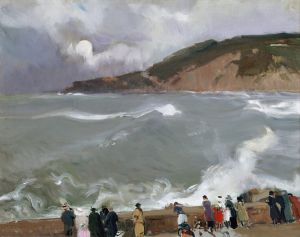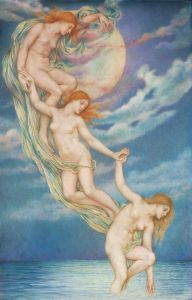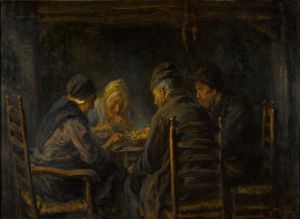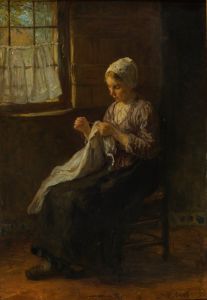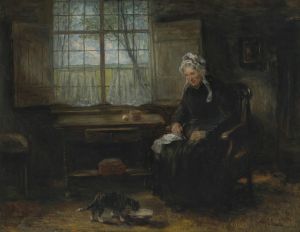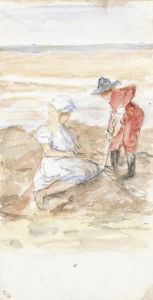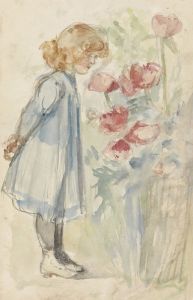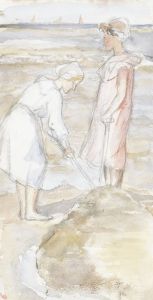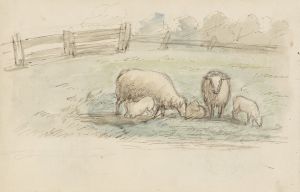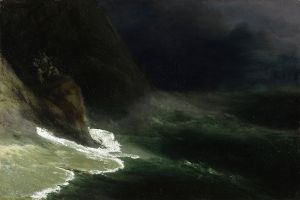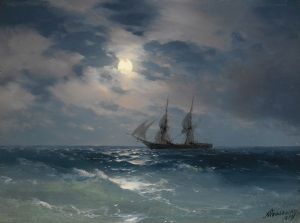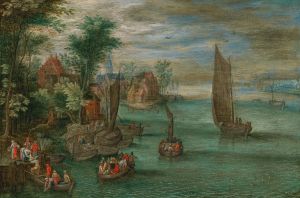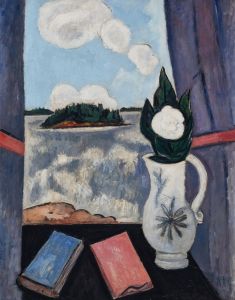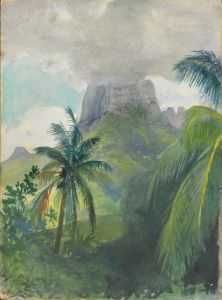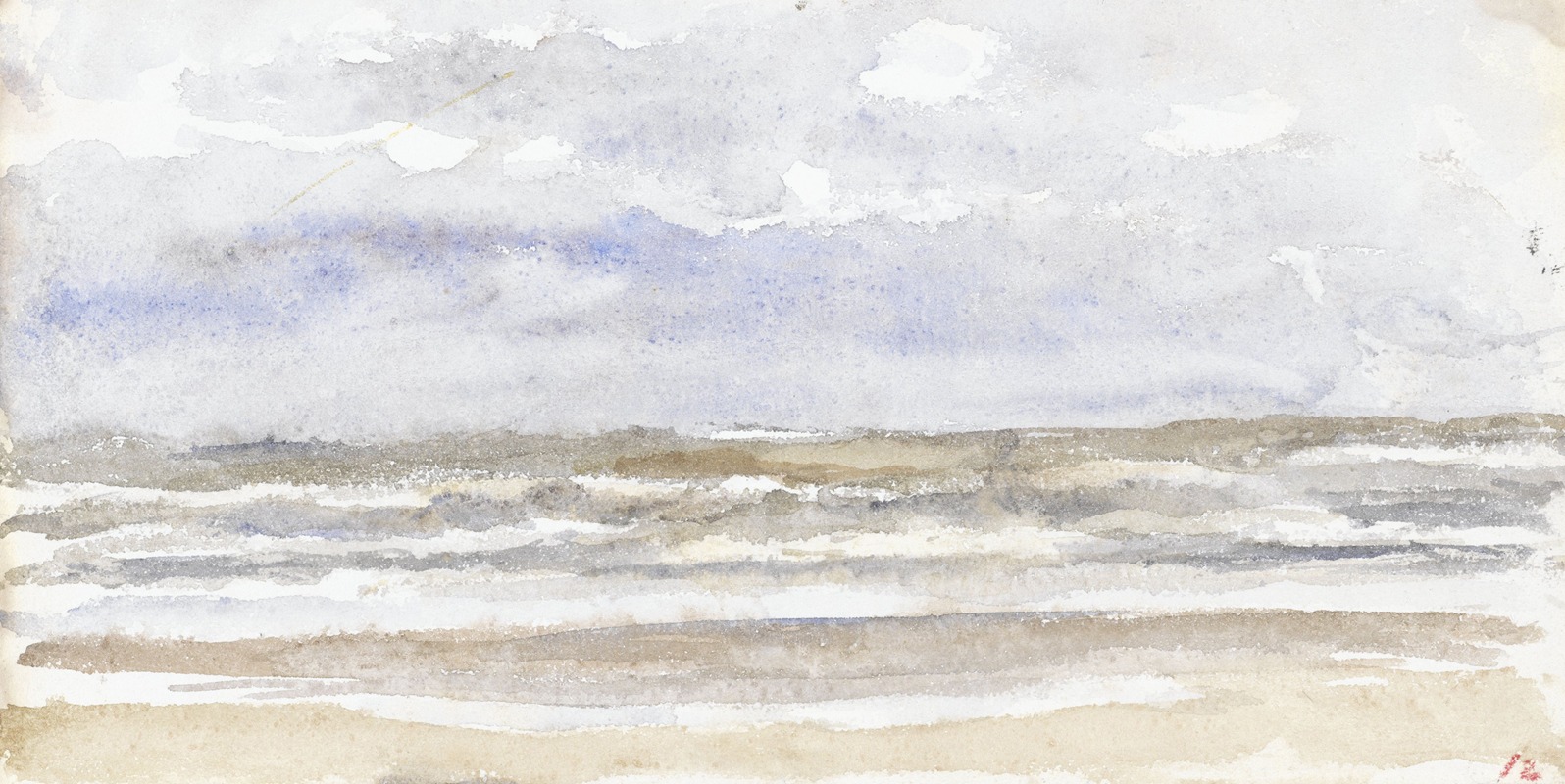
Zee
A hand-painted replica of Jozef Israëls’s masterpiece Zee, meticulously crafted by professional artists to capture the true essence of the original. Each piece is created with museum-quality canvas and rare mineral pigments, carefully painted by experienced artists with delicate brushstrokes and rich, layered colors to perfectly recreate the texture of the original artwork. Unlike machine-printed reproductions, this hand-painted version brings the painting to life, infused with the artist’s emotions and skill in every stroke. Whether for personal collection or home decoration, it instantly elevates the artistic atmosphere of any space.
Jozef Israëls was a prominent Dutch painter associated with the Hague School, a group of artists known for their realistic and often somber depictions of rural life in the Netherlands during the 19th century. One of his notable works is "Zee," which translates to "Sea" in English. This painting exemplifies Israëls' mastery in capturing the essence of the sea and the lives of those who depend on it.
"Zee" is a testament to Israëls' ability to convey emotion and atmosphere through his use of color and composition. The painting typically features a seascape, often with figures that reflect the daily struggles and resilience of fishermen and their families. Israëls was known for his empathetic portrayal of the working class, and "Zee" is no exception. The painting likely depicts the harsh realities faced by those who live by the sea, emphasizing themes of survival, toil, and the intimate relationship between humans and nature.
Israëls' technique in "Zee" would have involved a muted color palette, a characteristic of the Hague School, which often employed grays, browns, and blues to create a somber, reflective mood. His brushwork would have been both detailed and expressive, capturing the movement of the sea and the weathered faces of the people. The composition might include elements such as boats, nets, and the expansive sky, all contributing to the narrative of life by the sea.
The painting reflects Israëls' broader artistic concerns and his commitment to realism. He was influenced by the French Realists and the Barbizon School, which advocated for painting scenes from everyday life with honesty and integrity. Israëls brought this approach to his Dutch context, focusing on the fishermen and peasants of his homeland. His work, including "Zee," often carried a sense of melancholy, reflecting the hardships of rural life but also the dignity and strength of the people he portrayed.
Jozef Israëls was born in Groningen in 1824 and studied art in Amsterdam and Paris. His early work was influenced by Romanticism, but he soon shifted towards realism, finding his true voice in the depiction of humble, everyday subjects. Israëls became a leading figure in the Hague School, and his work was celebrated for its emotional depth and technical skill. He gained international recognition during his lifetime, and his paintings were exhibited widely, influencing artists both in the Netherlands and abroad.
"Zee" is an important work within Israëls' oeuvre, encapsulating the themes and techniques that define his contribution to art. It serves as a poignant reminder of the artist's ability to capture the human condition and the natural world with empathy and insight. Through "Zee," viewers are invited to reflect on the timeless and universal struggles of life by the sea, as well as the enduring beauty and power of the natural environment.





